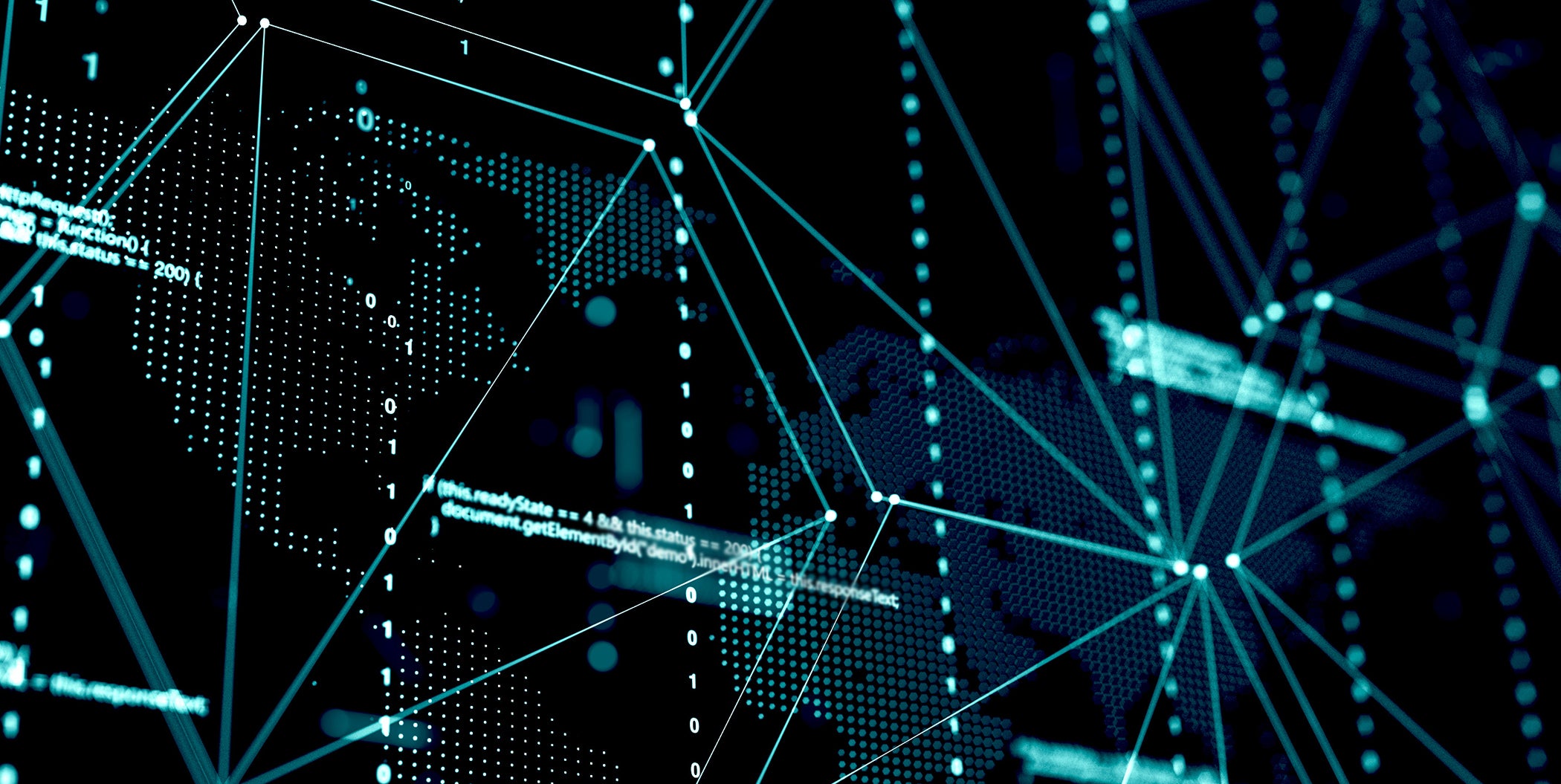Building Trust among Customers: Expert Administrative Cyber Security

In today’s digital landscape, building trust with clients hinges on one critical factor: the safeguarding of online data. As businesses grow ever more reliant on tech, the risk of cyberattacks looms greater than ever. Cybersecurity is no longer an optional aspect of business strategy but a major focus. With the constant evolution of cyber threats, understanding how to protect sensitive data and preserve client confidence is essential for any organization. From ransomware attacks to phishing attacks, the need for a solid cybersecurity framework is indisputable.
Managed IT services offer a comprehensive approach to cybersecurity, assisting organizations in navigating the difficult terrain of cyber threats while concentrating on their essential functions. But what does it really entail to implement successful IT managed services? This article will explore the most common cybersecurity threats, methods to protect against them, and the critical role that managed services play in ensuring the ongoing security of your digital assets. In a world where trust is paramount, comprehending and devoting effort to professional managed cybersecurity is a significant move towards fortifying client relationships and securing your business.
Grasping Cybersecurity Threats
Cyber threats are widespread and can substantially affect companies of all sizes. From phishing attacks to ransomware attacks attacks, organizations face a host of threats that can compromise confidential data and interrupt business functions. Understanding these threats is the initial step in building a effective cyber security plan. Understanding of the frequent vulnerabilities helps businesses rank defensive actions and distribute assets efficiently.
One of the most widespread risks is ransomware, which locks a target's data and demands a payment for its decryption. To protect against such attacks, businesses should adopt consistent data backups, maintain up-to-date software, and educate staff on identifying potential ransomware-related signs. Phishing attacks also pose a major risk, tricking users into disclosing personal data or installing malicious programs. Educating staff to identify warning signs in emails can be an valuable line of defense against these fraudulent tactics.
Another essential aspect of understanding cyber security risks is recognizing the significance of network security and endpoint security. As remote work becomes more common, organizations must ensure that all devices connected to their network, including staff laptops and smartphones, are protected from potential breaches. Employing solutions such as firewall systems, multi-factor authentication, and encryption can greatly enhance the security stance of an organization, protecting it from a wide array of cyber threats.

The Role of IT Services Solutions
IT solutions play a crucial role in enhancing the security posture of businesses. By delegating IT needs to a dedicated provider, organizations can leverage expert knowledge and cutting-edge technology that may be otherwise difficult to achieve in-house. This relationship allows businesses to focus on their core missions while delegating cybersecurity to specialists who stay informed of the latest risks and preventive measures.
One of the main advantages of outsourced IT services is the anticipatory monitoring and management they offer. Providers consistently analyze system traffic and systems for weaknesses, ensuring that possible threats are identified and mitigated before they can cause damage. This level of monitoring is vital in today's threat landscape, where hacker attacks can occur without warning. With the right managed services, organizations can deploy comprehensive security measures, such as firewalls, data encryption, and endpoint protection, efficiently fortifying their defenses against common cybersecurity threats.
Additionally, managed IT solutions often include compliance and risk management. As companies face increasing regulatory requirements, such as General Data Protection Regulation and Health Insurance Portability and Accountability Act, having a knowledgeable IT partner becomes crucial. These providers not only support in maintaining regulatory compliance but also aid organizations conduct cyber risk assessments and develop incident response plans. This strategic focus not only safeguards sensitive data but also reinforces trust with clients, demonstrating a commitment to safeguarding their information and maintaining business continuity.
Best Practices for Cyber Defense
To create a strong defense against cyber threats, organizations must emphasize employee training and awareness. Regular training workshops on identifying phishing scams and other forms of social engineering are critical. https://telegra.ph/Strengthening-Personnel-Digital-Security-Training-through-Managed-Programs-03-14 should be provided with skills on how to spot questionable emails, links, and attachments. An aware team is your first defense of defense; fostering a culture of cybersecurity awareness can dramatically reduce the chance of successful attacks.
Utilizing multi-factor authentication (MFA) is a further key step in enhancing organizational security. By demanding multiple forms of verification before granting access to protected systems or data, MFA introduces a important layer of security that can prevent unauthorized access. This is particularly important for telecommuting, where the chance of security breaches is heightened. Ensuring that all employees use MFA can significantly mitigate threats associated with hacked passwords.
In conclusion, routine updates and patch management are crucial in maintaining a secure infrastructure. Old software can serve as an convenient target for cybercriminals, making it critical for organizations to consistently update their systems and applications. Employing an IT managed services provider can help automate this process and ensure that all security patches are applied swiftly. By staying proactive in these practices, companies can better protect themselves against the continuously shifting landscape of cybersecurity threats.
